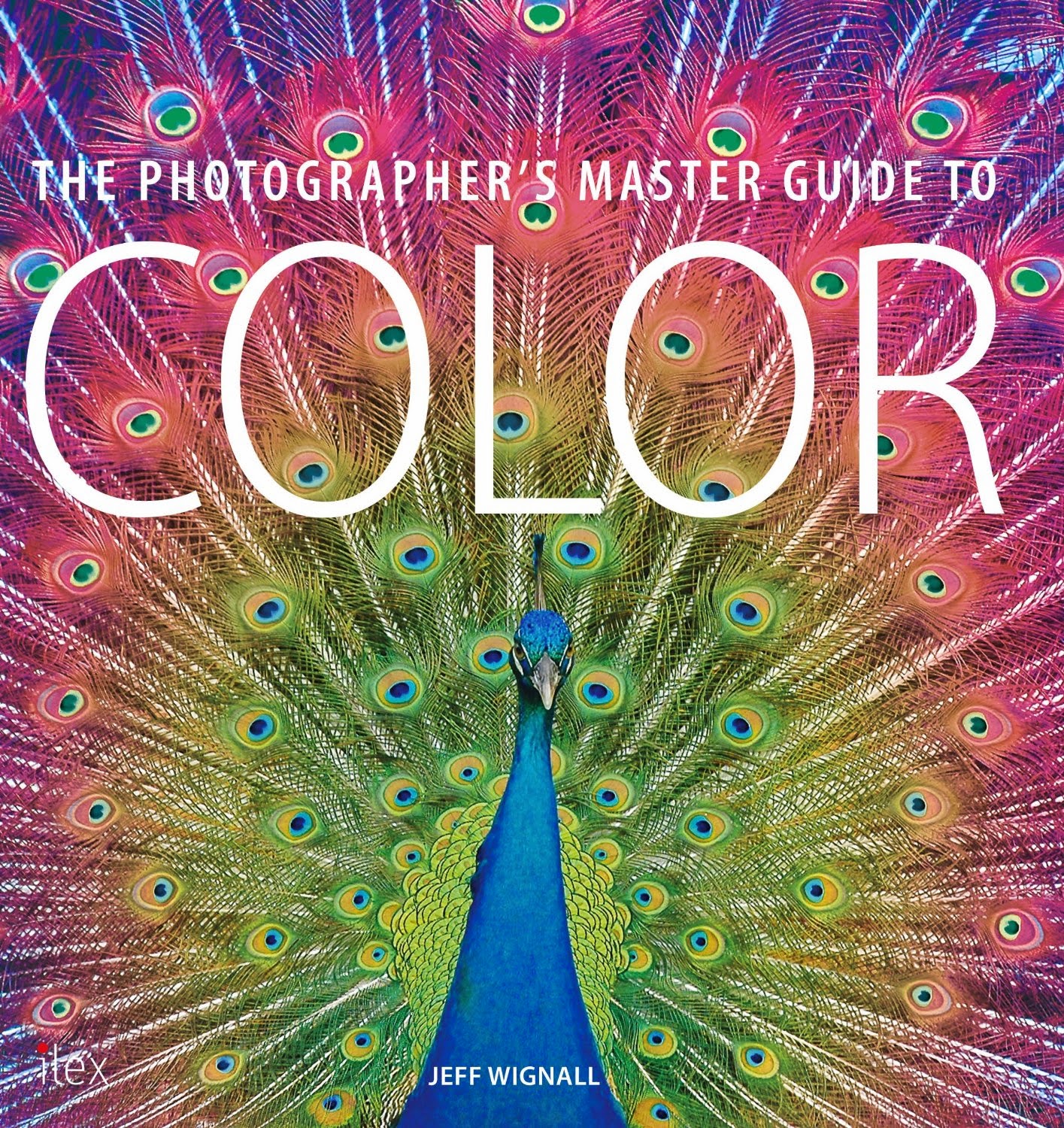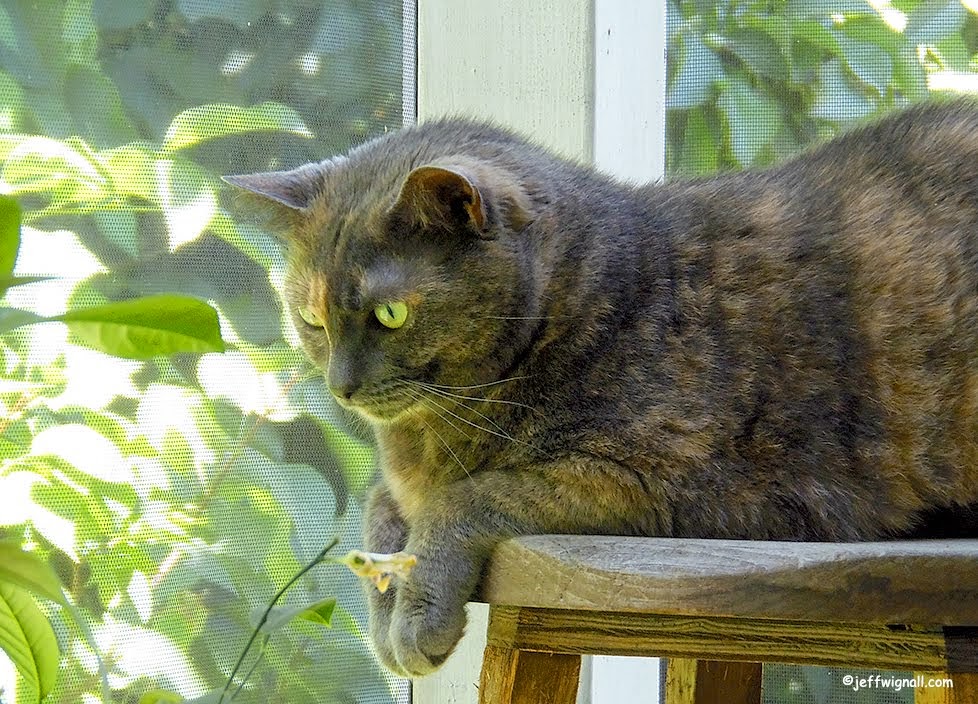Back in the pre-digital days when I (and most serious photographers) shot mainly color slides, we were always looking for some creative little twist that we could use to make our photos stand out. One trick that someone showed me (I think it was the late Robin Perry, but I'm not certain--in fact, I'm not even certain he's late, but I think so) was using a kind of off-focus trick. The images were created by shooting one sharply focused photo of a subject (on a tripod) and one out-of-focus shot and then sandwiching the two images together and copying them back to one slide. What you ended up with was a picture that was sort of soft and sort of sharp and had a nice kind of plushness to it. It wasn't until recently that I learned that the technique had a name: the Orton Effect (named after a guy named Michael Orton). I should have called it the Wignall Effect back then and I could have claimed it was mine! Or Robin should have named it after himself.
Anyway, these days a lot of people (do a search on Flickr and you'll find a lot of examples) have figured out ways to create the effect in Photoshop. And to be honest, it's pretty simple, but some of the people that are describing it have convoluted it a bit. The best teaching site I've found for it so far is Photoshop Girl (and what a cool name for a site). There is a video tutorial (lots of clicking involved--so yes, you really do click on the things she says to click on) that uses the same technique that I used to create the photo of my kitty Buddha (shown here). The effect is kind of subtle in my shot, but if you click on the image you should see it pretty well. Basically all that you're doing is duping the image a few times, adding a Gaussian blur and changing the blending modes as you go. It's not difficult and there is a lot of room for play in the various steps.
For some reason the technique works better with some subjects than others--and landscape and portraits (animal or human) seem to work very well. Again, do a search on Flickr and or do a Google Image search on "Orton Effect" and you'll see more examples. It's a fun thing to play with on a cold winter night and it doesn't require a new lens or a new camera, just Photoshop and some imagination.
By the way, this is my 489th posting on this blog. Amazing. I'll be at 500 soon and then I think I'll retire it :)
Photo Notes: The photo was made with a Nikon D90 and a 70-300mm Nikkor zoom. Exposure at ISO 200 was 1/60 at f/4 and fill-flash from the built-in flash was used.
Going and Going
16 hours ago



































